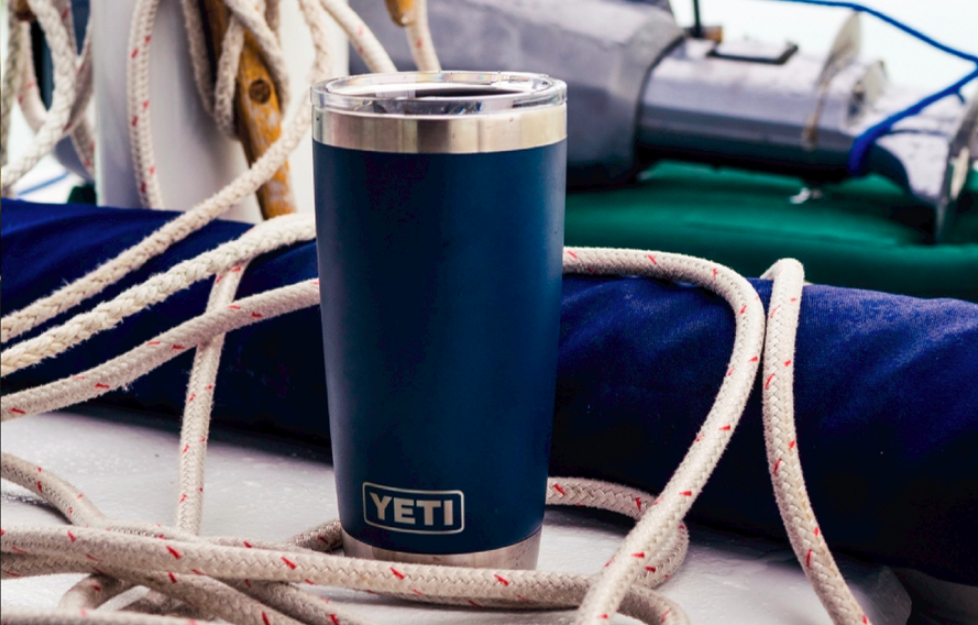By Eric Smith
In “2019 Outlook: Uncertainty Presents Opportunities,” a note that was sent to investors this week, Jim Duffy of Stifel outlined what he believes are going to be the differentiators for sports and active lifestyle brands in the new year.
While an upbeat holiday season and favorable weather conditions are sure to benefit companies in these spaces at least in the first quarter, the analyst dug deeper into what companies should be doing in 2019 if they hope to create long-term competitive advantage and gain market share for their categories.
“For investment in 2019, we favor businesses with 1) new product drivers, 2) a consumer-centric model and strengthening digital competency, 3) pricing power to combat possible inflationary pressures, and 4) balance sheet flexibility for acquisitions or accretive buybacks,” Duffy wrote. “We are less constructive on businesses with full margins and multiples where growth may slow and buybacks may be less attractive. As we do each year, we look for stocks with potential for a sentiment shift and commensurate re-rating. With the group dramatically outperforming the S&P in 2018 (+16.3 percent vs. S&P -2.8 percent) potential for re-rating is more limited and we see earnings growth potential as important for outperformance. Pressure on YTD losers in recent weeks, however, has presented some opportunities of favorable risk reward for investors with a full 2019 investment horizon.”
Sports and active lifestyle brands are heading into 2019 with tailwinds. Consumer confidence is high thanks to a strong economy, low unemployment and the tax cut that kicked off 2018, Duffy wrote. In addition, brands in the sport and active lifestyle categories saw their pricing and margins benefit from “heathy channel inventory levels and strong discretionary spending trends.”
But for brands to stand apart, here is a further breakdown of what Stifel thinks companies should be doing:
1) New product drivers for growth: Duffy said innovation is the key to sports and active lifestyle brands growing. “Consumers have more choices than ever before at their fingertips,” he said. “To sustain consumer interest, brands need to bring compelling products to market with greater frequency.” Companies Stifel singled out for achieving this include Clarus Corp., Columbia Sportswear Co., Fox Factory Holding Corp., Nike Inc., Skechers USA Inc., Wolverine World Wide Inc. and the newly public Yeti Holdings Inc.
2) Demonstrated and strengthening digital competency: Digital influence with consumers is growing in importance, with more than 50 percent of purchases starting from a digital channel, Duffy noted. “In 2019, we prefer companies that have made the pivot to a more consumer focused business model and are on the back side of major ecommerce platform technology implementation,” he said. “Those companies that establish a dialogue with high value consumers can leverage data and insights to inform product and merchandising direction will deliver above market growth, expand margins, and improve financial return metrics.” Examples of companies that are “positioned to leverage strengthening digital competencies in 2019” include Columbia, Crocs Inc., Lululemon Athletica Inc., Nike, Under Armour Inc., VF Corp., Wolverine and Yeti.
3) Pricing power to combat any inflationary pressures: Companies with pricing power are better able to withstand continued economic growth, upward pressure on wages, freight and such uncertain factors as tariffs, as well as a strong U.S. dollar. “In the U.S., tight channel inventories and still strong consumer demand suggest opportunistic pricing could be a potential driver in 2019,” Duffy wrote. “In emerging markets where the currency has devalued, pricing power is important to both revenue and margin protection.” Those with the most pricing power are Clarus, Fox Factory, Gildan Activewear Inc., Hanesbrands Inc., Lululemon, Nike and VF.
4) Balance sheet flexibility and capacity for acquisitions or accretive buy backs: According to Duffy, in a potentially slowing growth environment, Stifel views “balance sheet optionality as more important to equity value creation. For companies with self-help initiatives and portfolio management opportunities that can deliver tangible improvement to margin and earnings power, repurchasing shares is strategic capital structure optimization.” Clarus, Columbia, Deckers Brands, Skechers and Wolverine all have “sightlines to margin improvement visibility and share repurchase authorizations.” Meanwhile, companies “with an acquisition competency and balance sheet capacity to do accretive tuck-ins or a meaningful deal include: Clarus, Columbia, Fox Factor, Gildan and VF.”
Duffy added that risk factors for brands in 2019 include:
1) Multiples anticipating slowing fundamentals, risk of further multiple compression,
2) Legacy U.S. wholesale volume exposure remains a structural risk,
3) Inflationary pressure, rising rates and FX, and
4) Trade policy uncertainty.
Look for much more on the outlook for the industry in the coming weeks as SGB provides its own forecast for 2019.
Photo courtesy Yeti Holdings Inc.
[author] [author_image timthumb=’on’]https://s.gravatar.com/avatar/dec6c8d990a5a173d9ae43e334e44145?s=80[/author_image] [author_info]Eric Smith is Senior Business Editor at SGB Media. Reach him at eric@sgbonline.com or 303-578-7008. Follow on Twitter or connect on LinkedIn.[/author_info] [/author]
















